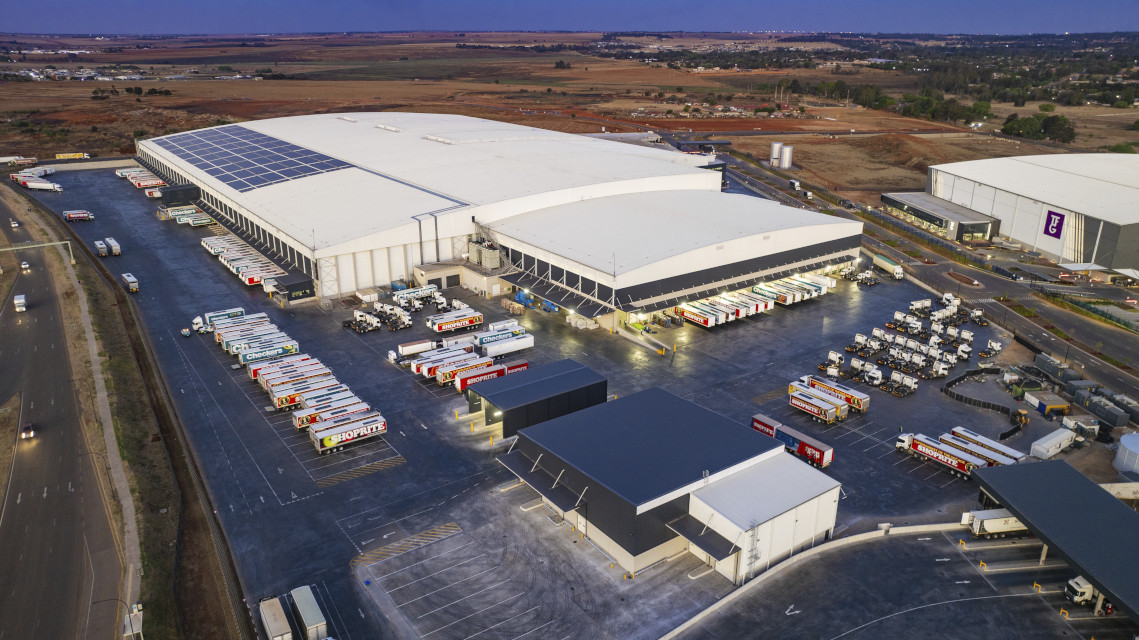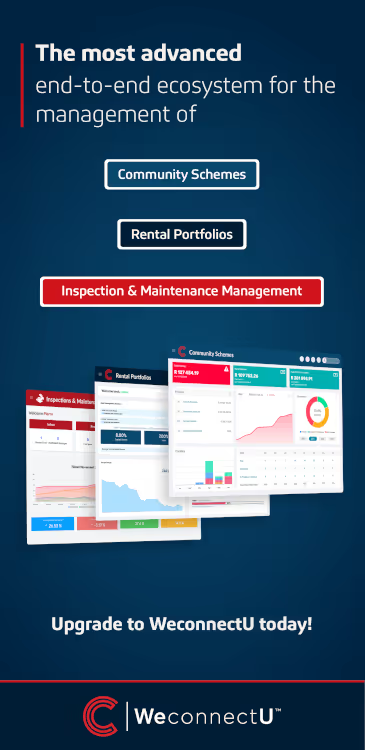South Africa’s real-time economic Barometer
- REITs are signalling recovery: better vacancies, steadier escalations, improving dividend growth despite persistent discounts to NAV.
- Cost of capital demanded discipline: recycle assets, upgrade quality, and prove cash flows not stories.
- Data and governance improved; standardised, automated valuation benchmarks are the next unlock
The listed property discussion took place the SAPOA 2025 Convention in Sun City, during the session “Listed Property - The Real Economy’s Barometer,” featuring Ian Anderson, Kundayi Munzara, Pranita Daya, and Andrew Wooler, moderated by Peter Clark.
Setting the scene
“I’ve been called the grandfather of listed property,” joked Ian Anderson (Merchant West Investments), opening with two reminders: learn from the past, and use the present to position for the future. His long arc: a super-capital cycle from the late 1990s to 2017, a brutal 70% drawdown into 2020, and then a recovery fuelled first by valuation repair and, increasingly, by fundamentals.
Anderson’s punchline: over very long horizons, income plus reinvestment matters more than price alone.
“If you’ve stayed in, reinvesting distributions, the sector has delivered. Now, for the first time in years, we’re seeing real dividend growth again, green shoots you’d expect if listed property is a barometer of the real economy.”
He also flagged the elephant in the room: share prices move daily; NAVs are sticky and often dated. That’s why the sector can trade on chunky discounts to NAV even as operating metrics improve.
Golden nuggets from the panel
Kundayi Munzara - Sesfikile Capital
“We undercount South Africa’s informal economy, but you see it in property. Retail tells you how people are really spending; industrial distribution mirrors that; offices reflect services.”
On the ground, operating metrics are improving. Discounts to NAV? If disposals clear near book and you still sit at a deep discount, the market is calling out leverage or capital allocation. And on offices: you don’t wait for the all clear. Vacancies are falling in key nodes; that’s where cycles turn.
Pranita Daya - Truffle Asset Management
“We frame property as dividend yield plus growth. Today the conviction behind those numbers is better: reversions are closer to flat/positive, escalations are holding, vacancies stabilising.Funding margins compressed 30-50 bps, and rooftop solar created durable income streams for early movers. On a 3-5 year view, property stacks up favourably versus many equities, less earnings volatility, more predictability.”
Andrew Wooler - Burstone
“South African REITs are a blend of domestic and offshore exposures, so returns mix local fundamentals with global cost-of-capital dynamics. Cheap money masked weak discipline a decade ago; today’s environment forces real estate first principles: buy right, manage hard, and recycle capital at 12 o’clock on the cycle clock. Also expect more private-market capital partnering with REIT operating platforms common globally, increasingly relevant here.”
Ian Anderson on NAVs and transparency
“NAVs lag reality and vary by valuer, so price-to-NAV is a guide, not gospel. The step change is governance and disclosure, far better than the 2000s. The next leg is standardised, automated benchmarks so investors can compare like-for-like rental growth, vacancies and S-FFO across the sector.”
Moderator Peter Clark of REdimension Capital, pressed the cost-of-equity dilemma: deep discounts make equity expensive, raising the bar for new projects and pushing REITs to sweat and rotate assets rather than chase growth for growth’s sake.
Salient findings from the discussion
- Barometer effect: Improving vacancies, escalations and dividend growth suggest the real economy is healing beneath headline GDP.
- NAV gaps: Sector still trades around 20 - 30% below NAV on average; extremes reflect leverage, liquidity, asset mix and management credibility.
- Sector mix matters: Convenience/township retail, logistics, storage and alternates enjoy shallower discounts; office-heavy vehicles screen cheaper.
- Capital discipline: With equity dear, winners recycle at the top of the cycle, fix balance sheets and redeploy into higher-conviction assets.
- Return math: Direct yields around 9-9.5% plus 4-5% NOI growth point to low-teens total returns through the cycle; listed can do similar with operating alpha.
- Cost of debt: Local margins compressed; lower all-in rates plus solar/water resilience enhance cash yields and reduce downtime risk.
- Data & governance: Better than a decade ago, but standardisation (like-for-like metrics, SA REIT NAV definitions) is uneven, automation can close the gap.
- Offices contrarian: Select nodes show single-digit vacancies; cycle theory says don’t wait for the newspaper headline, stock is shrinking.
- Private capital: Banks remain eager lenders; private markets offer an alternative to listed equity for growth and joint ventures.
- Allocations: Despite improved returns, property is just around 2 - 3% of JSE weight and many pension portfolios, room to re-rate if delivery persists.
The barometer is rising
If listed property is the market’s heartbeat, the pulse is firmer. The sector’s strong run from late 2020 came first from rerating (discounts narrowing), but the next leg depends on earnings: distributable income, payout ratios normalising, and sustained dividend growth.
As Anderson framed it, add an 8-9% yield to 8-10% earnings growth, and your mid-teens total return case appears, provided execution holds.
The panel’s “tell it like it is” takeaways:
- Believe the operating data, not the mood. Retail footfall where people actually live and work, distribution demand, and node-by-node office leasing beat headline narratives.
- Quality and cycle position trump labels. You can own the “worst” sector and win with the best asset, or vice versa. Stock selection is everything.
- Capital has a memory. The super-cycle taught discipline. Today’s winners sell into strength, prune tail assets, and fund growth internally before passing the hat.
- Transparency earns multiples. Standard terms, comparable metrics and automated benchmarks will narrow the belief gap on NAVs and accelerate capital back into the sector.
Way forward
- Standardise and automate: Sector-wide, machine-readable templates for like-for-like rentals, vacancies, S-FFO, and SA REIT NAV. Kill ambiguity; attract capital.
- Engineer resilience that pays: Scale solar, storage and water as IRR-positive capex to protect tenants and stabilise cash flows.
- Recycle relentlessly: Exit at 12 o’clock; buy at six to nine. Treat capital allocation as a product, not a paragraph.
- Lean into private partnerships: Blend REIT governance with pension-fund cost of capital to grow off-balance sheet without diluting.
- Don’t ignore offices, curate them: Target durable nodes with falling vacancies and conversion optionality; avoid stranded stock.
Bottom line
Listed property is again reading the real economy in real time. With discipline on capital and clarity on data, the barometer isn’t just pointing to fair weather, it’s telling investors where the wind is strongest.

.svg)
.svg)

.jpg)

.avif)


.avif)

.avif)




.svg)

.jpg)
.avif)







%20.jpg)





.avif)
%20.jpg)
